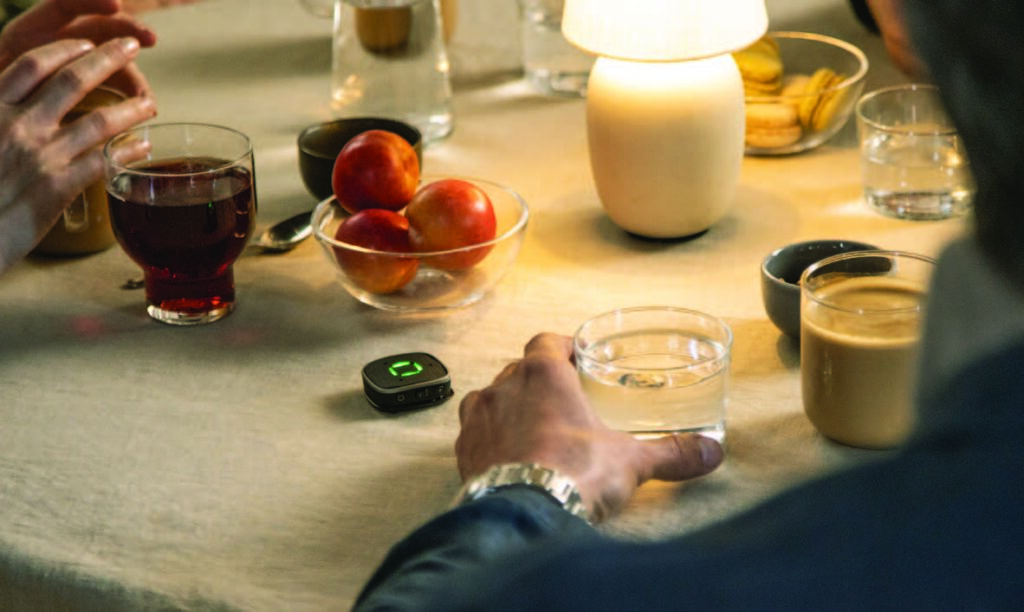Assistive Listening Devices in Westchester, NY
In more challenging listening situations, hearing assistive devices may be used with and without the use of hearing aids. Specifically tailored for the phone, television and Bluetooth devices, these accessories provide the necessary boost in hearing to facilitate understanding when either distance or noise becomes a factor while communicating or listening to others.


